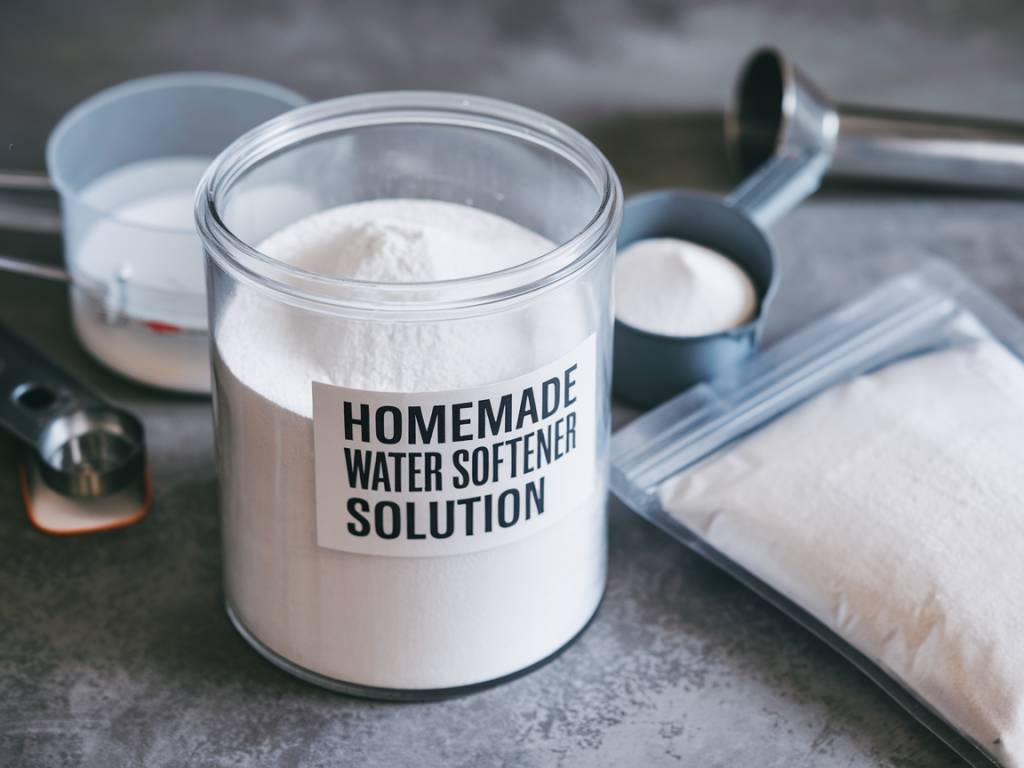Ne Manquez Surtout Pas
Tarte chèvre épinard : une recette gourmande et facile à préparer
Une tarte chèvre épinard à la fois gourmande et saine La tarte chèvre épinard est un grand classique de la cuisine maison. À mi-chemin entre le plat réconfortant et la recette équilibrée, elle s'invite à toutes les tables pour le plaisir des petits et des grands. Grâce à sa simplicité de préparation et à son
Comment cuisiner le tofu facilement et avec gourmandise
Pourquoi intégrer le tofu à son alimentation ? Le tofu est un aliment particulièrement apprécié pour ses nombreuses qualités nutritionnelles et sa polyvalence en cuisine. Riche en protéines végétales, en fer et en calcium, il constitue une excellente alternative aux protéines animales. Également pauvre en matières grasses et en calories, il convient parfaitement aux personnes
Comment faire son tofu maison facilement et sans additifs
Pourquoi faire son tofu maison ? Ah, le tofu ! Cette petite merveille de la cuisine végétarienne qui divise autant qu’elle rassemble. Si certains l’adorent pour son goût subtil et sa versatilité, d’autres pourraient être refroidis par la simple idée d’en acheter en supermarché, bourré d’additifs mystérieux. Alors pourquoi ne pas le faire soi-même, à
Pourquoi le jardinage rend heureux et améliore votre bien-être au quotidien
Le jardinage, cette activité millénaire, est bien plus qu’un simple passe-temps. En plongeant les mains dans la terre et en s’entourant de la beauté de la nature, on peut ressentir une forme de sérénité inégalée. Mais saviez-vous que le jardinage a aussi des effets positifs concrets sur notre bonheur quotidien et notre bien-être ? Aujourd’hui,
Les pfas dans l’eau de boisson : ce que vous devez savoir pour protéger votre santé
Que boire pour rester hydraté et en bonne santé ? Cette question simple semble avoir une réponse évidente : de l’eau. Et pourtant, ce geste anodin de remplir un verre au robinet ou d’ouvrir une bouteille peut cacher un problème de taille. De récents rapports ont mis en lumière une menace silencieuse : les PFAS,
Les bienfaits du tofu pour la santé et l’alimentation équilibrée
Un produit mystère, un super aliment, ou un simple ingrédient ? Le tofu fait partie de ces aliments souvent entourés de mystères et d’idées reçues. Pourtant, que vous soyez végétarien, à la recherche d’alternatives aux produits animaux ou simplement curieux d’enrichir votre alimentation, cet aliment à base de soja a tout pour séduire. Dans cet
Comment faire son lait de soja maison avec des ingrédients simples
Pourquoi faire son propre lait de soja maison ? Le lait de soja est une alternative végétale incroyablement populaire au lait animal, que ce soit pour des raisons de santé, d’intolérance au lactose ou de choix éthique. Mais avez-vous déjà envisagé de le faire chez vous ? Faire son propre lait de soja maison présente plusieurs avantages :
Quels sont les avantages de l’alimentation bio pour votre santé et la planète
Depuis quelques années, l’alimentation bio occupe de plus en plus de place dans les rayons des magasins, dans nos assiettes et, bien sûr, dans les conversations. Mais pourquoi ce choix séduit-il tant de personnes ? Est-ce uniquement une tendance ou y a-t-il de réels bénéfices derrière chaque panier rempli de fruits, légumes et produits issus
Quels légumes faut-il acheter bio pour une alimentation plus saine et responsable
Adopter une alimentation plus saine et responsable, ça vous parle ? Une des premières étapes consiste à consommer des aliments bio, mais lesquels prioriser ? Tous les légumes ne se valent pas face aux pesticides et autres produits chimiques utilisés dans l’agriculture conventionnelle. Au fil des lignes qui suivent, nous allons explorer ensemble les légumes
Recette dessert vegan chocolat : idées gourmandes pour tous les goûts
La pâtisserie vegan a le vent en poupe, et il n’y a rien de tel qu’un dessert au chocolat pour ravir les papilles, quelle que soit l’occasion. Vous pensez peut-être qu’un dessert sans œufs, lait ou beurre sonne comme un défi insurmontable ? Rassurez-vous, c’est loin d’être le cas ! Aujourd’hui, je vous guide à
Nos Catégories
Articles Récents
- Tarte chèvre épinard : une recette gourmande et facile à préparer
- Comment cuisiner le tofu facilement et avec gourmandise
- Comment faire son tofu maison facilement et sans additifs
- Pourquoi le jardinage rend heureux et améliore votre bien-être au quotidien
- Les pfas dans l’eau de boisson : ce que vous devez savoir pour protéger votre santé
Bio-avenue.com, votre source d'inspiration pour un jardinage écologique et une alimentation saine !
Bio-Avenue.com est votre référence pour adopter un mode de vie plus sain et respectueux de l’environnement. Que vous soyez passionné de jardinage biologique ou à la recherche d’une alimentation saine et naturelle, notre site vous propose des conseils pratiques, des astuces écologiques et des guides détaillés pour cultiver et consommer bio au quotidien.
Découvrez comment créer un potager bio, choisir des produits naturels, limiter les pesticides et adopter une alimentation équilibrée tout en respectant la planète. Grâce à nos articles et recommandations d’experts, prenez soin de votre santé et de votre environnement de manière simple et efficace.
Pourquoi choisir Bio-avenue.com ?
Une expertise reconnue dans le domaine du jardinage biologique et de l'alimentation bio
Des informations complètes et détaillées, issues de sources fiables et vérifiées
Des conseils pratiques et adaptés à tous les niveaux, que vous soyez débutant ou expert
Une communauté de passionnés avec qui échanger et partager vos expériences













